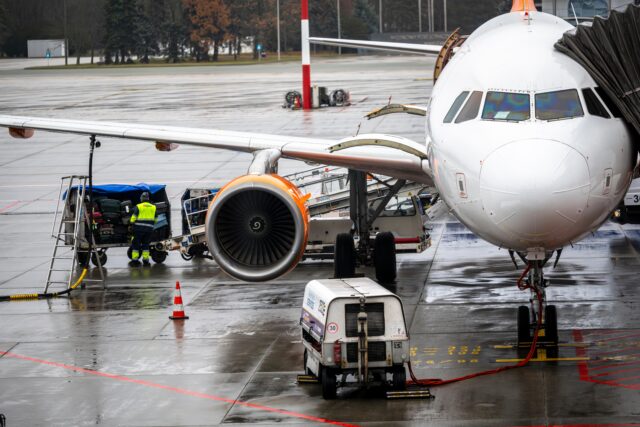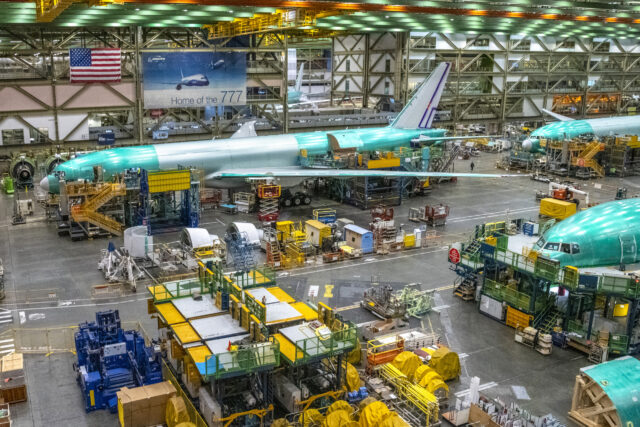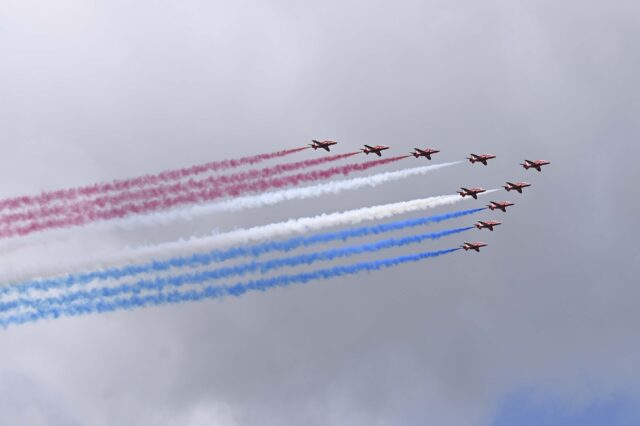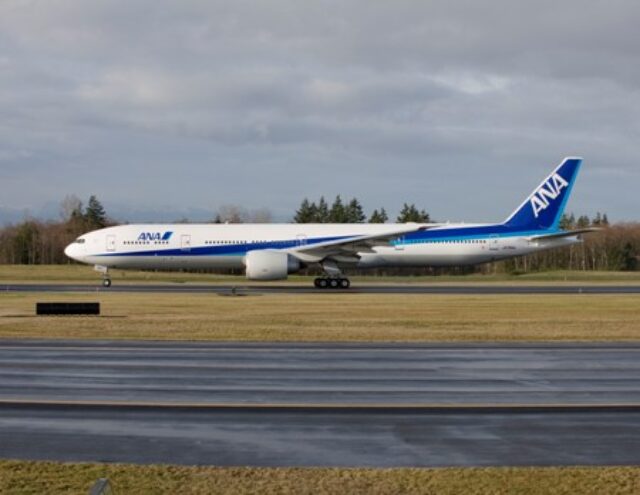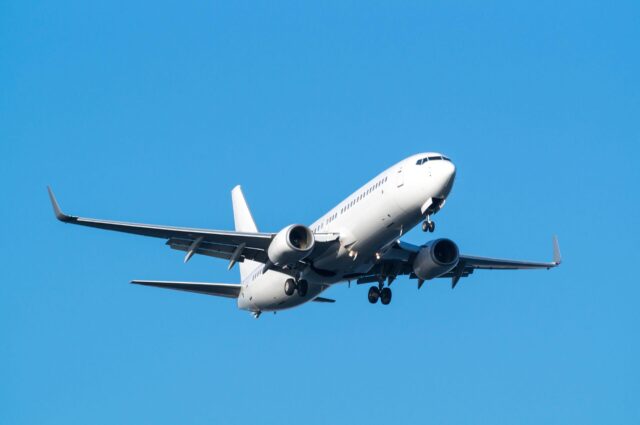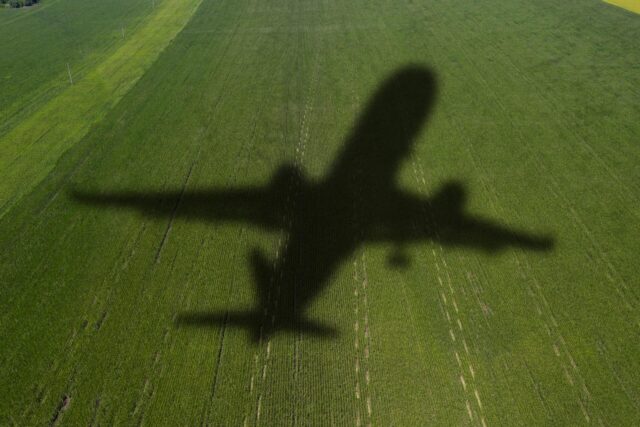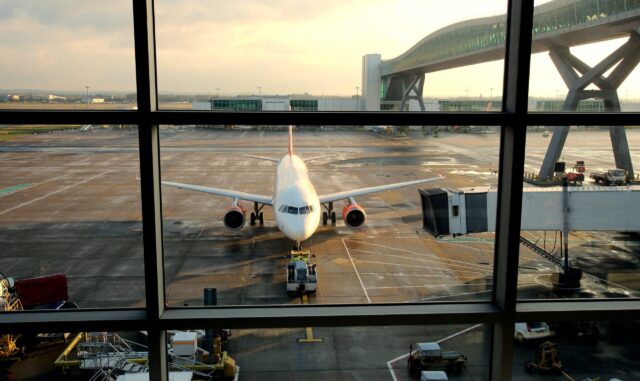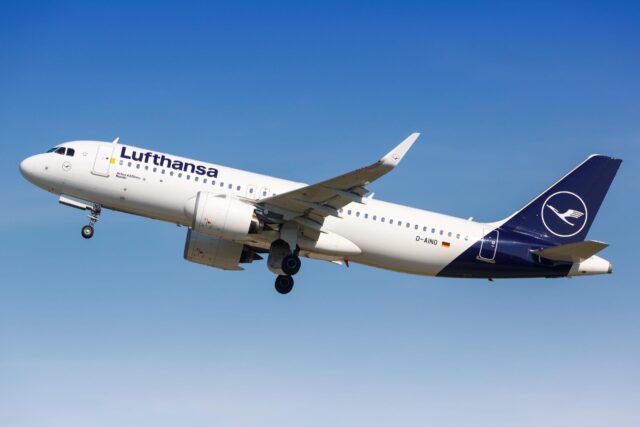Raptors with loyal wingmen: F-22 will be first to fly with USAF combat drones

July 8, 2025

According to new reports, the F-22 Raptor may be the first fighter jet to fly with Collaborative Combat Aircraft (CCA), also known as loyal wingman drones.
F-22 Raptor set for an upgrade
In 2024, then-Secretary of the Air Force Frank Kendall stated that the 6th-generation fighter now known as the Boeing F-47 would not be a replacement for the F-22. This suggests the Air Force is planning on retaining its limited fleet of F-22s to serve alongside 6th-gen F-47s.
The Air Force is upgrading them to remain the tip of the spear in the air dominance role into the 2030s and possibly 2040s.

When the F-22 program was first initiated during the Cold War, the Air Force had envisioned purchasing 750 of the jets.
In the end, a series of cutbacks saw the service only procure 187 Raptors, around five of which have since been written off in accidents. Of these, 32 are Block 20 training variants that are not combat-capable.
F-22 Raptors first to get loyal wingman drones
The War Zone recently reported that the F-22 Raptor appears set to be the ‘first operational airborne controllers’ for the US’s planned drones.
Anduril, with its YFQ-44A, and General Dynamics, with its YFQ-42A, are currently leading the development of these new platforms.
Budget documents show the Air Force requesting around $15 million in Crewed Platform Integration. Of this, around $12.2 million is earmarked for procuring 142 tablets and associated cabling. Incidentally, 142 is likely the same as the number of combat-coded F-22s in service.

The Air Force is planning to start adding tablet-based control systems to the Raptors and other relevant upgrades starting in the next fiscal year. These modifications are on top of a slew of other upgrades for the Raptors that President Trump apparently called an ‘F-22 Super.’
It is unclear what system the Raptor is to use to control the CCAs, although The War Zone suggests it could be the Inter-Flight Data Link (IFDL), described as ‘hard to intercept and jam.’
While the F-22 is set to be the first fighter jet to get its loyal wingman, it will not be the last. The F-35 and other fighters are expected to follow. The 6th-generation Boeing F-47 is being developed with the intention of being an airborne command center incorporating advanced AI-powered loyal wingman drones.

Besides the Air Force, the Marines and the Navy are also actively collaborating with CCA-related developments.
Internationally, the Europeans, Chinese, Russians, and others are also working on developing their variants of advanced loyal wingman drones. One massive new Russian bomber loyal wingman drone called the Sukhoi S-70 Okhotnik-B was shot down by its own Su-57 fighter jet after it malfunctioned over Ukraine in 2024.
Loyal wingmen are needed by USAF to restore mass
The US Air Force is smaller and older than it has ever been since WWII. The service struggles with having enough pilots and enough mass. No matter how advanced an aircraft is, it can’t be everywhere at once.
CCAs are seen as a way for the Air Force to restore needed affordable mass that has become otherwise infeasible. Modern fighters like the F-35 offer capabilities far beyond the aircraft they replace, but they also come with a loss of mass, as the service can’t buy them one-for-one.

The Air Force now has only around 4,000 non-training and non-UAV aircraft in service. The Air Force is expected to continue shrinking for years to come as more aircraft are retired than purchased.
Washington is still working on the numbers, but it is looking to acquire 100-150 Increment 1 CCAs and a total of around 1,000 CCAs throughout future increments. The first examples are planned to become operational before 2030.
The need for hundreds or thousands of CCAs becomes even more apparent when taking into account that the Air Force is only expected to procure F-47 in historically low numbers. In 2023, Breaking Defense reported the Air Force only foresees procuring around 200 F-47s.
